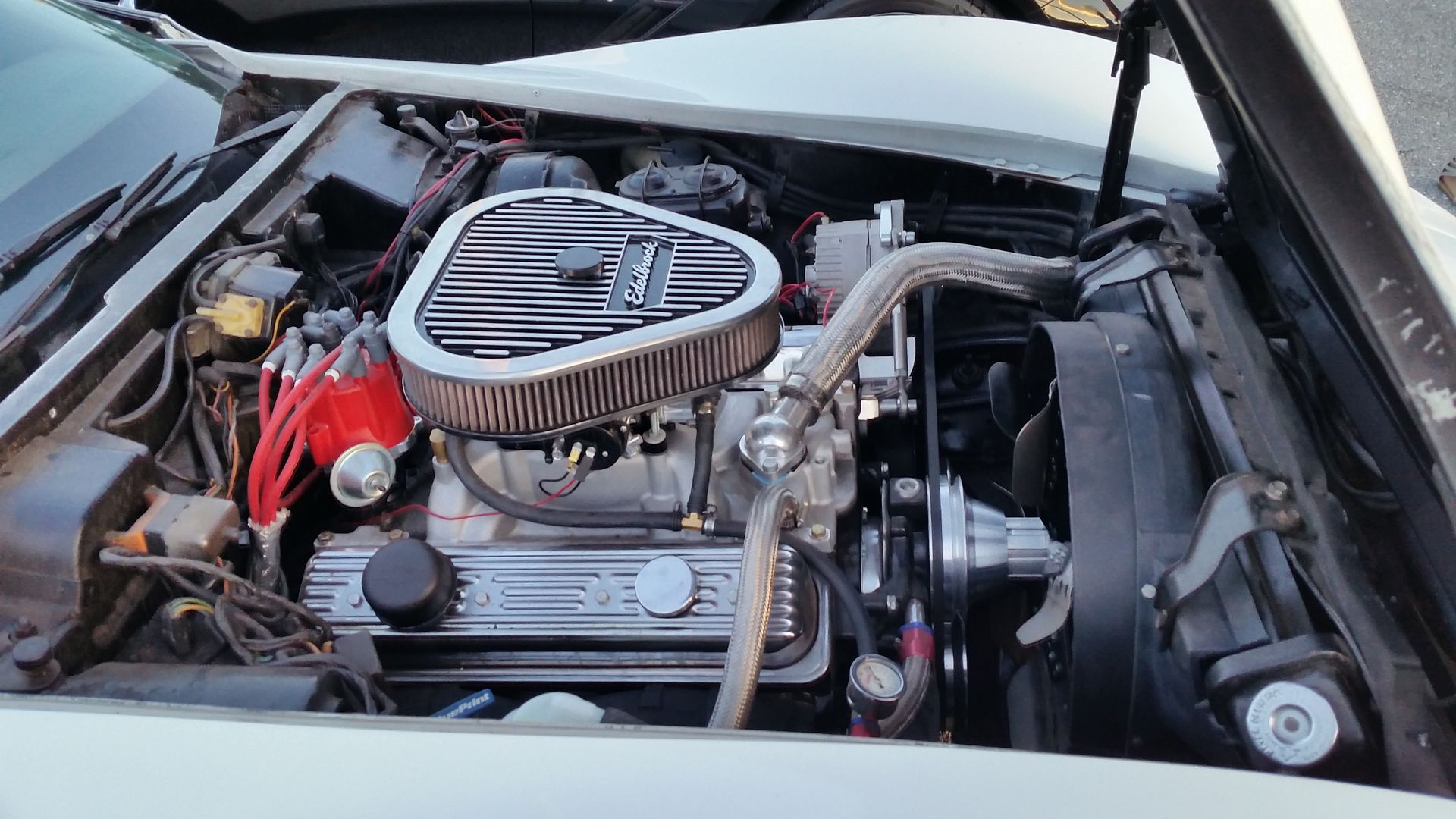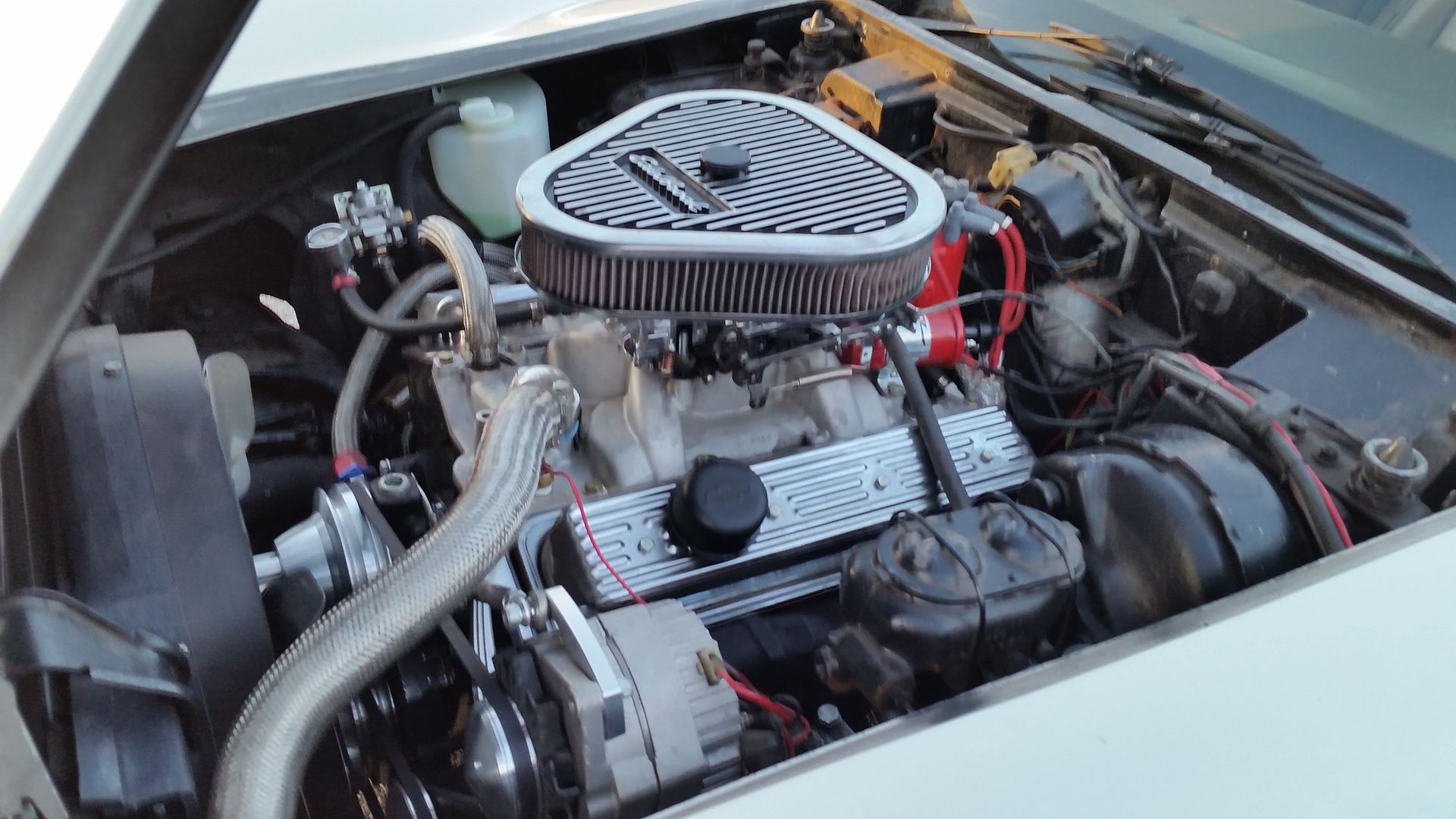Don't overthink it, Ron. I've only been hanging around detail forums for 5 years or so, but I've been in the retail car business since the mid 70's, when just about every used car on the lot had a points-type ignition. The wiring itself is quite durable, even at age 40. The plastic connectors and vacuum hoses in close proximity to engine heat are much more likely to be fragile. Just follow a couple simple guidelines and you'll be fine:
Always work with a cold engine. Avoid any water pressure higher than hose pressure and stay away from hot water. Cover the carb, of course and wrap the alternator with plastic wrap or foil, as the vents there are large. Covering the distributor and wires is really not necessary if you have pressurized air available. As we always state, use the least aggressive method. In this case APC first (I prefer the citrus-based products), mineral spirits for grease or undercoat removal if you need more cleaning power and it's not a "grease pencil mark" resto and lacquer thinner as an absolute last resort for stubborn stains on unpainted stuff. Divide the engine compartment into quarters or halves and focus on one area at a time, all the nooks, crannies, wires and hoses, using whatever brush fits the area, then rinse and move on. Don't be afraid to scrub on the wires, but as I said earlier, be gentle around the connectors. Mechanics hand cleaner and a brush works wonders on greasy wires if APC's not getting it done. Once you're all done and rinsed, blow it all dry and don't be stingy with the air. If you're really worried, undo the distributor cap and blow it out also, but cold water on a cold engine is unlikely to cause any condensation inside. Remove any covers, apply your desired dressings and/or polishes, then fire it up.
You're fussy enough on your newer stuff that I'm sure you'll do well.
Bill




